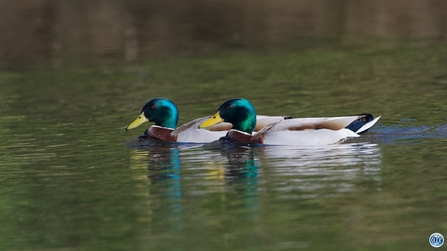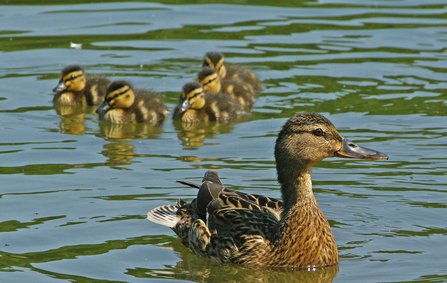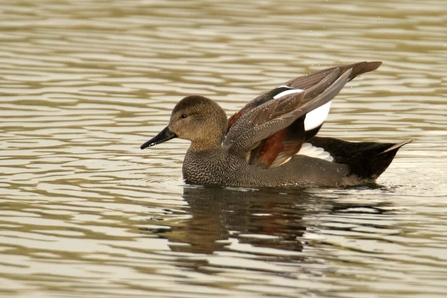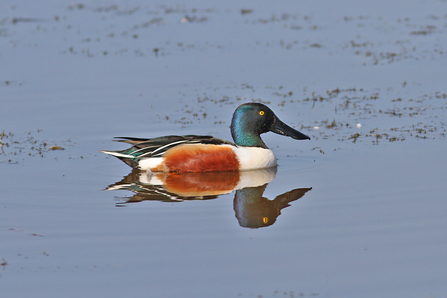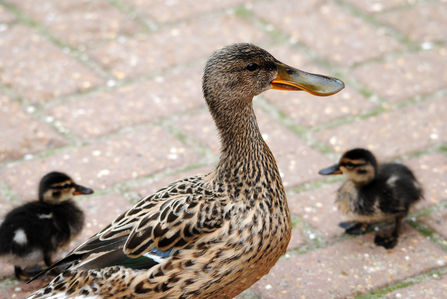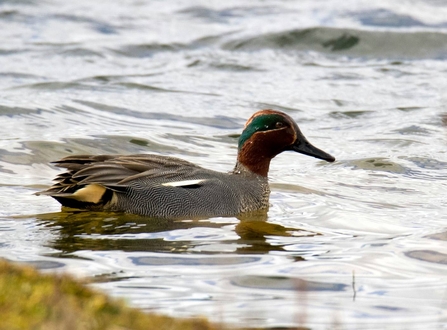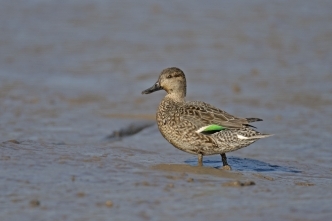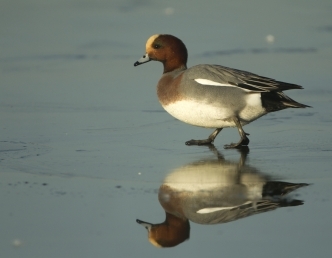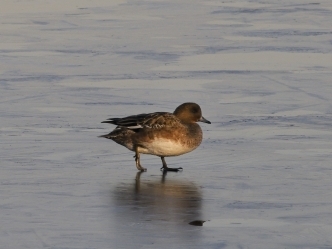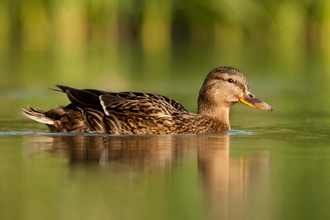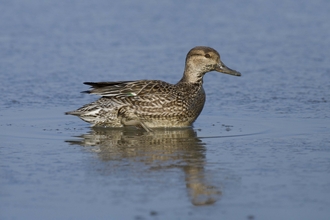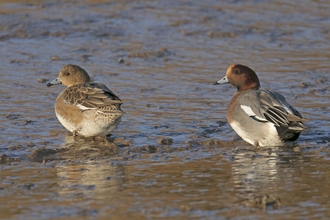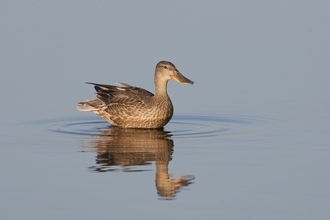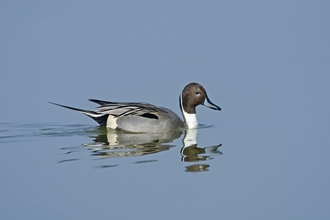Our lakes, rivers, reservoirs and coasts are a winter home for an estimated 2.1 million ducks!
Ducks can be split into two broad groups: dabblers and divers. As the name suggests, diving ducks feed mainly by diving underwater, using their strong feet (and sometimes their wings) to swim. Dabbling ducks, however, feed predominantly at the surface, sometimes even grazing on land. Many dabblers can often be seen upending, with their heads underwater and their bums in the air.
We’ve pulled together an introduction to the dabbling ducks you’re most likely to see this winter, with a quick guide on how to recognise both males and females. So why not wrap up warm, head to Brockholes and search for some spinning shovelers, whistling wigeon or pristine pintails.


